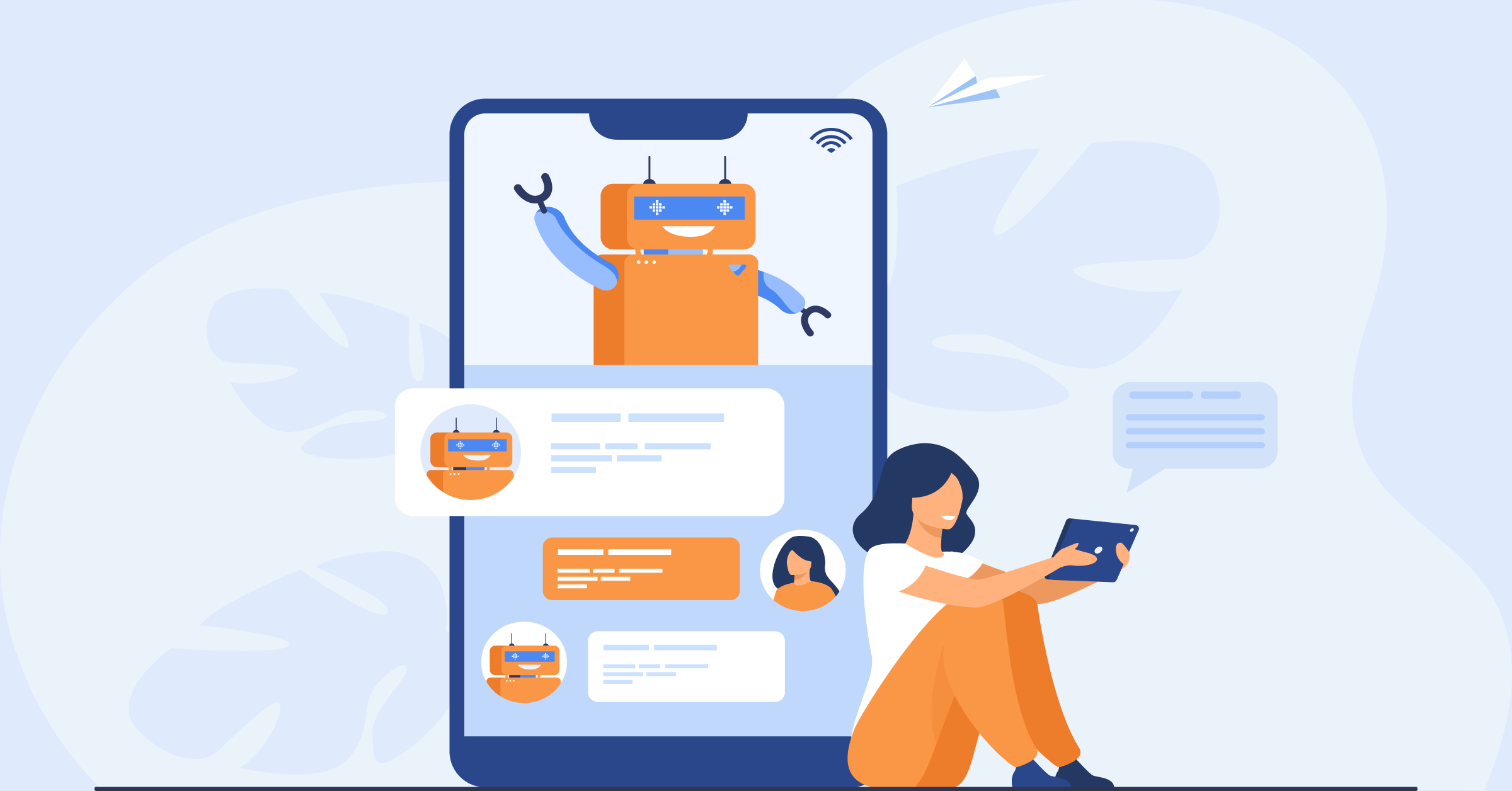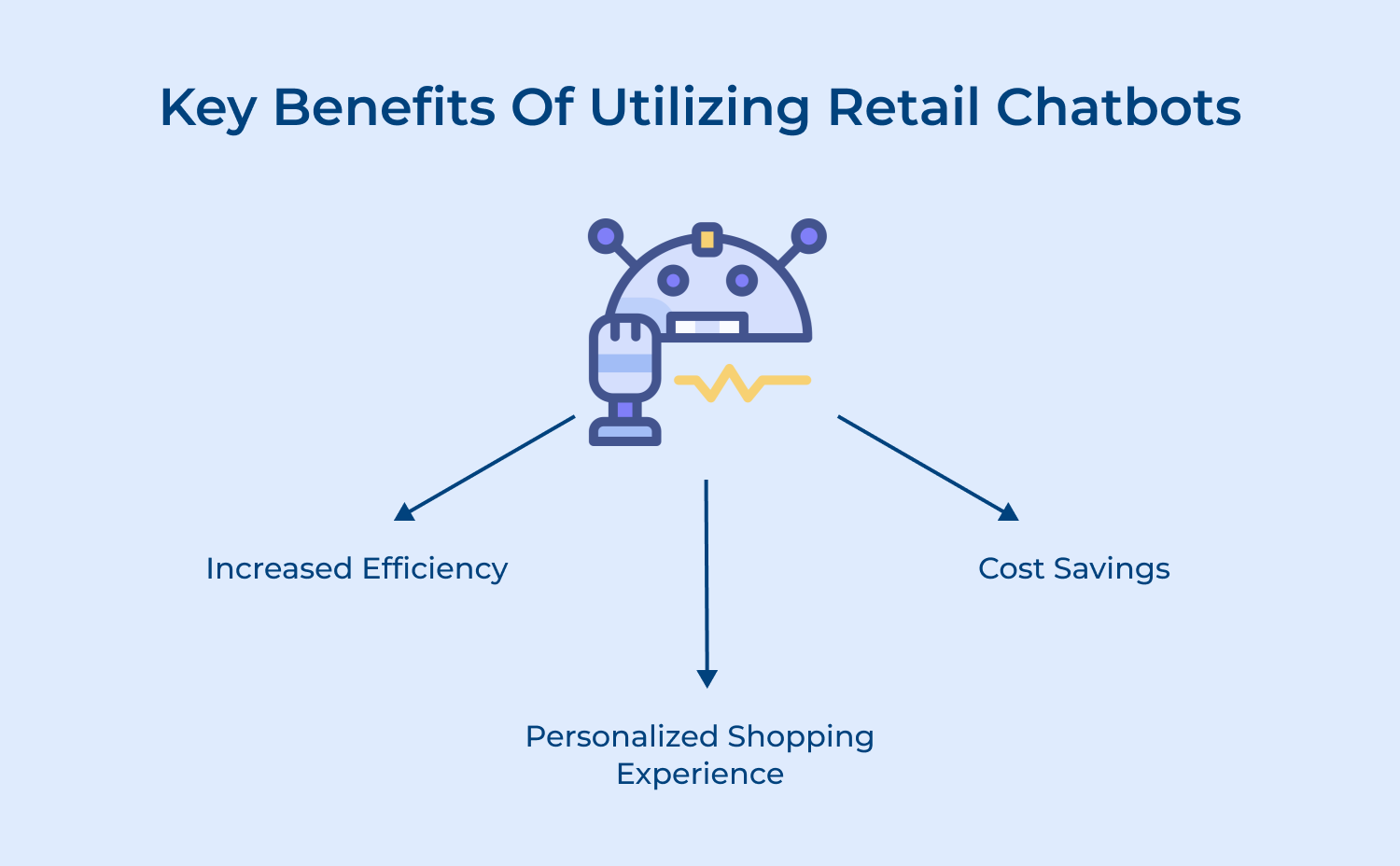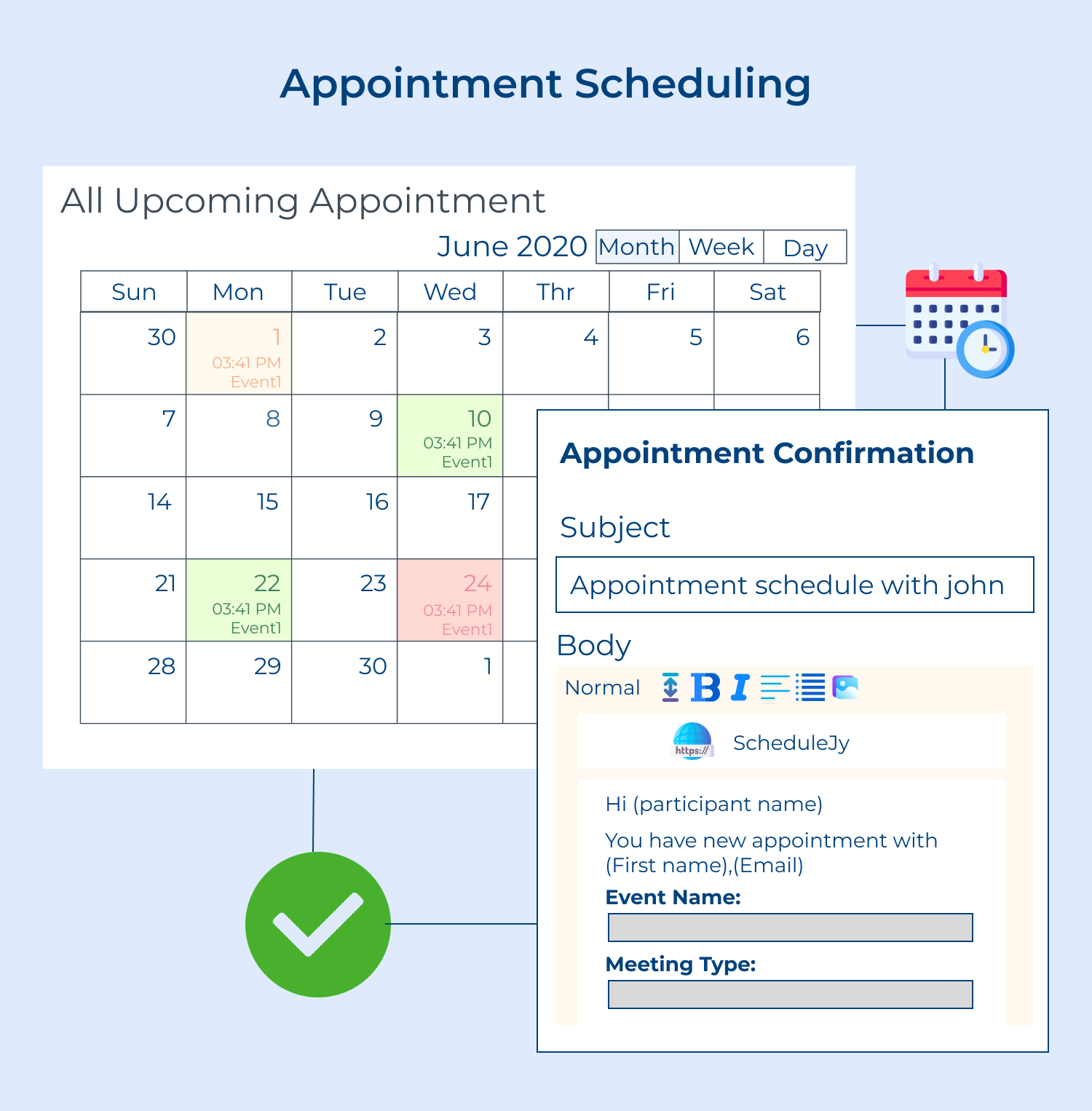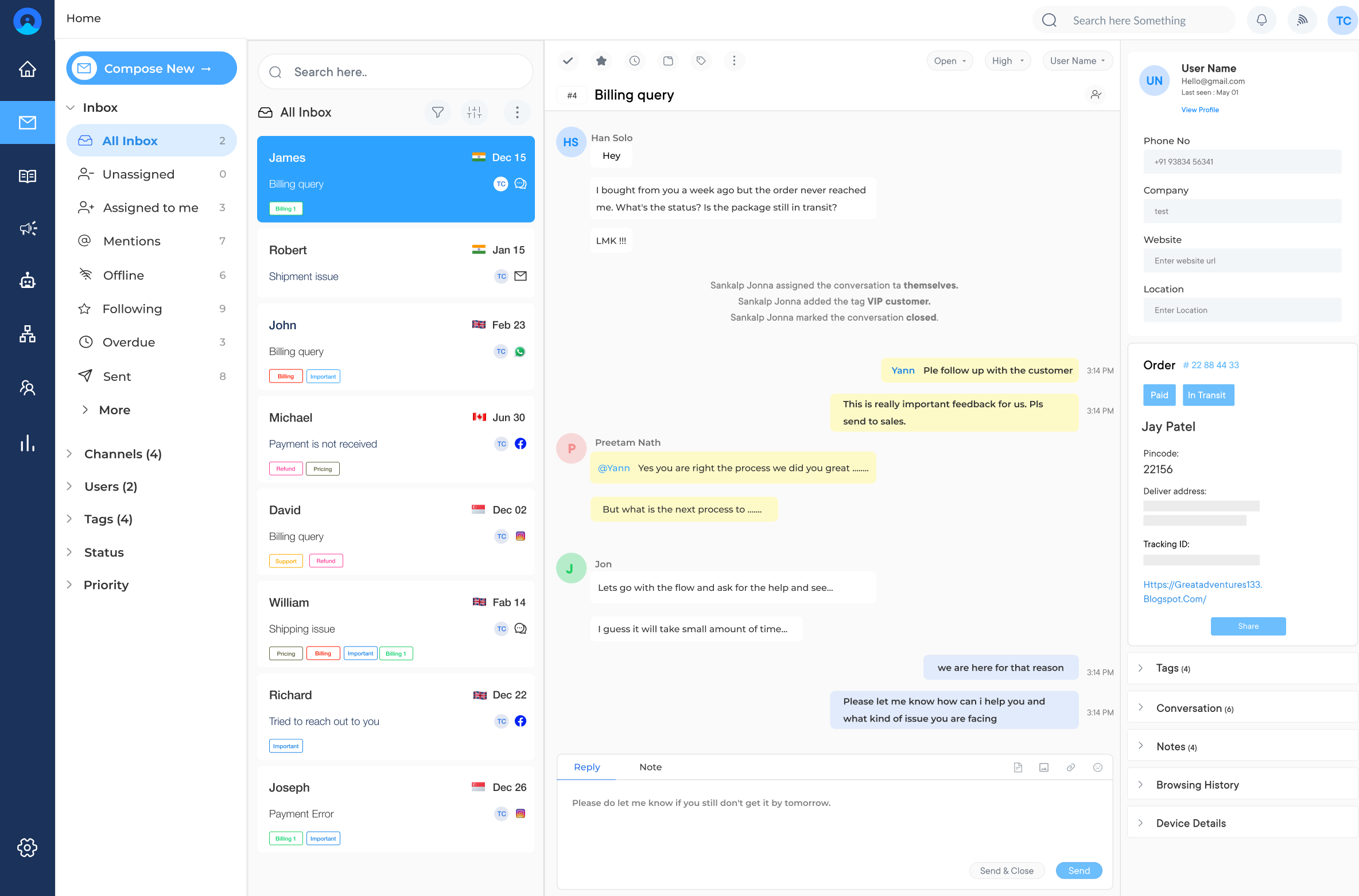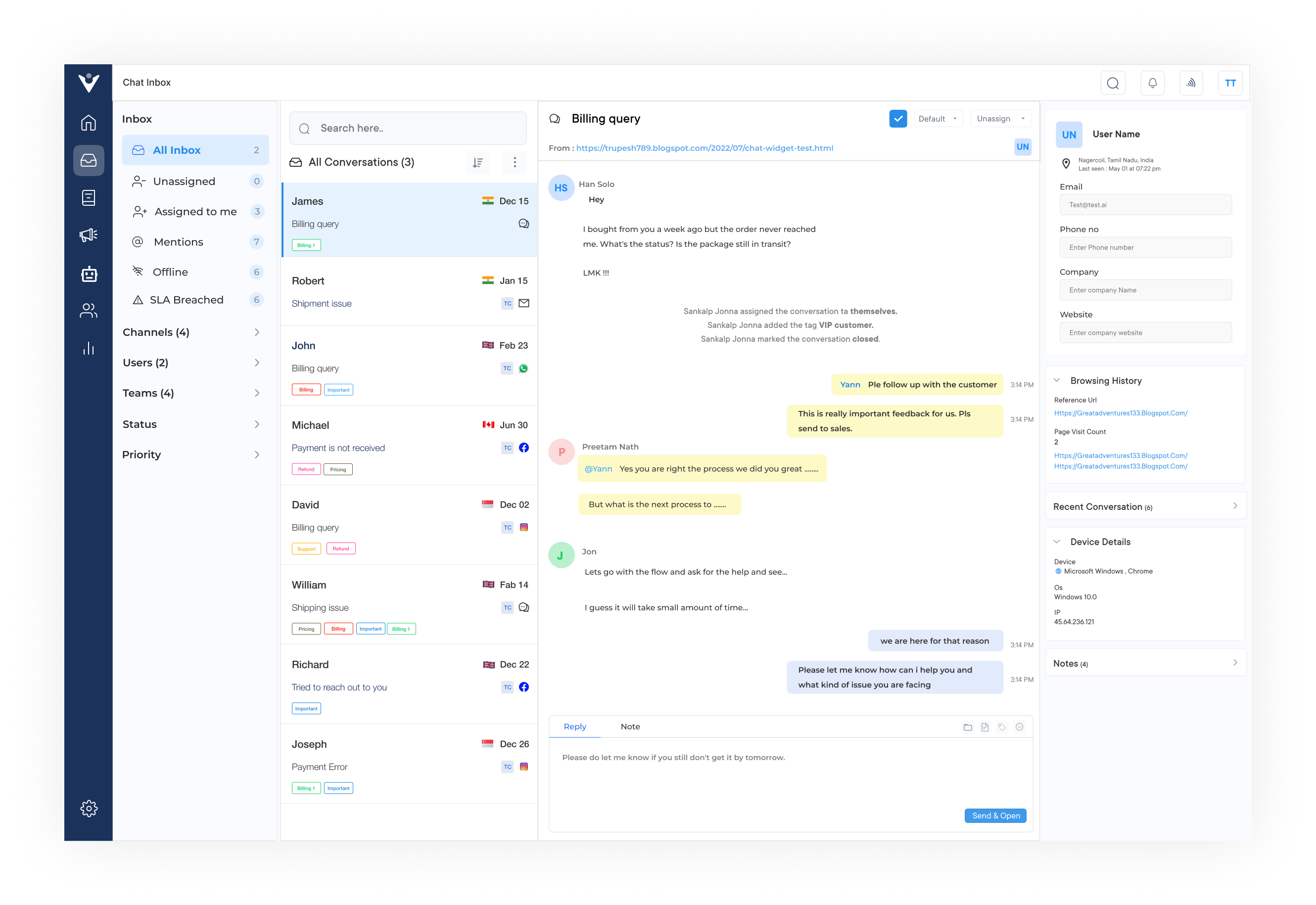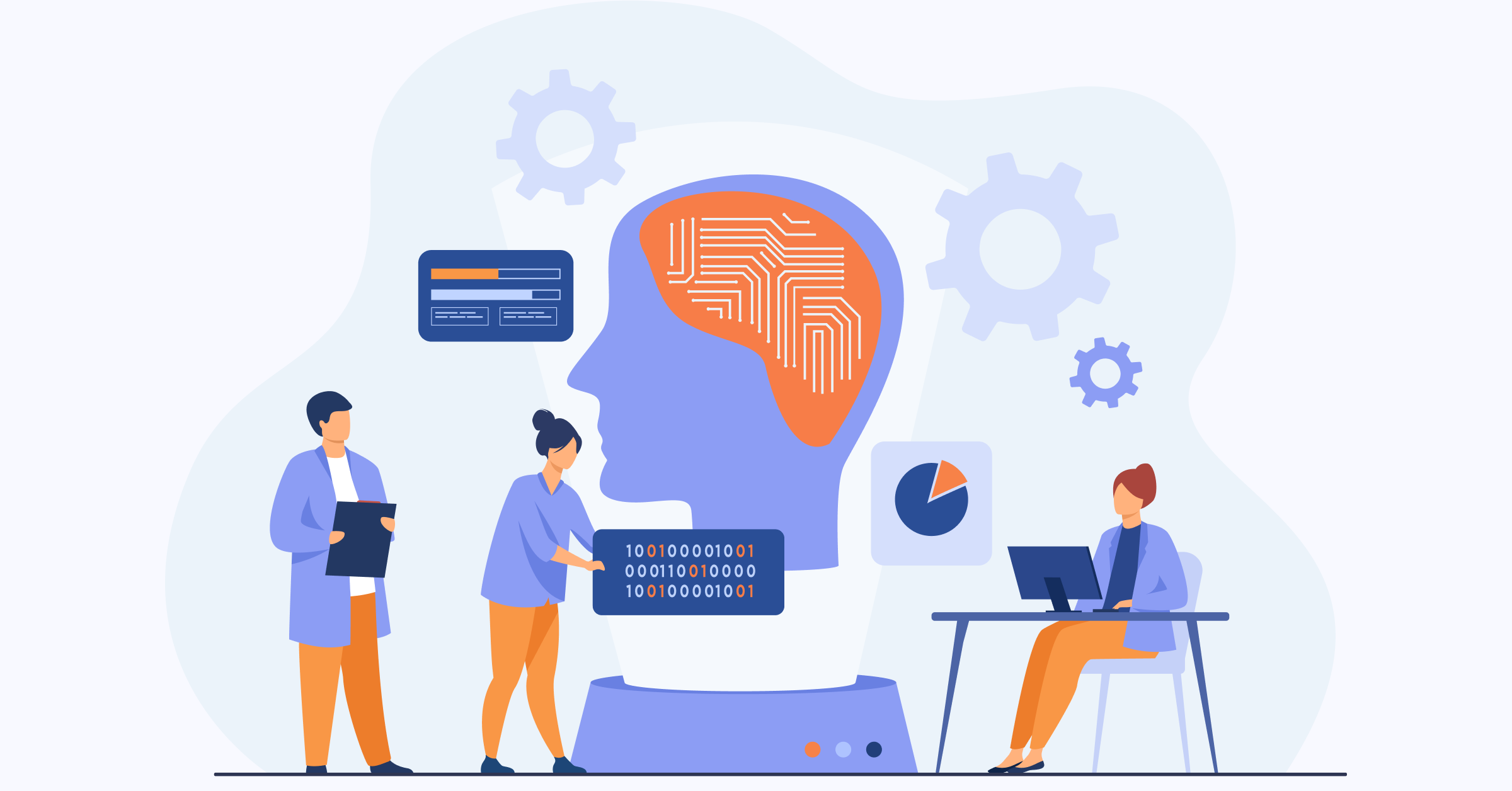Veemo’s real-time messaging and live chat functionality provide instant assistance to customers, improving their overall experience. Lead qualification and scoring capabilities help identify high-value leads, optimizing sales efforts.
Key features:
- Conversational marketing and targeted messaging campaigns drive engagement. It nurtures potential customers through the sales funnel.
- Integration with CRM and marketing automation tools ensures a seamless flow of customer data across different systems.
- Automatic routing to the right sales or support team member.
3. Heyday
Heyday is a conversational AI platform specifically designed for e-commerce businesses. It offers features like product recommendations, order tracking and personalized customer support. Heyday integrates with popular e-commerce platforms like Shopify, BigCommerce and Magento.
The platform offers efficient order tracking and management features to keep customers informed with their purchases. Its natural language processing (NLP) capabilities allow for natural conversations, ensuring customers receive accurate and relevant responses.
4. Chatfuel
Chatfuel’s no-code chatbot builder with a drag-and-drop interface makes it easy for businesses of any size to create as well as deploy chatbots quickly. Support for popular messaging platforms like Facebook Messenger, Telegram, and WhatsApp allows businesses to reach customers where they are already active.
Chatfuel offers customizable templates and pre-built blocks that cater to various retail use cases, saving development time & effort. Integration with third-party services like Google Sheets or Zapier expands the chatbot’s functionality and seamlessly connects with existing business tools.
5. Octane AI
Octane AI’s conversational commerce capabilities enable customers to purchase products directly through the chatbot, providing a convenient and engaging shopping experience. Abandoned cart recovery and retargeting features help recover lost sales parallelly drive customers back to complete their purchases.
The AI platform offers personalized product recommendations that increases the average order value and customer lifetime value. Integration with popular e-commerce platforms like Shopify and WooCommerce ensures a seamless chatbot implementation.
6. Pandorabots
Pandorabots is a powerful chatbot development platform that uses advanced natural language processing and machine learning capabilities. It can be customized for various retail use cases, including customer service, product recommendations and conversational commerce.
The key features of Pandorabots include customizable personality and conversational styles for chatbots. Integration with various platforms and APIs. Comprehensive analytics and reporting tools.
Streamline Customer Service with Retail Chatbots
Integrating retail chatbots into your customer service strategy can greatly streamline the customer experience. By leveraging AI technology, businesses can provide efficient and personalized support to their customers, ultimately leading to increased satisfaction and loyalty.
Chatbots are available 24/7, can handle multiple inquiries simultaneously and can provide instant responses, reducing wait times and improving overall efficiency. Embracing this technology can differentiate your brand in the competitive retail landscape and drive positive results for your business.
